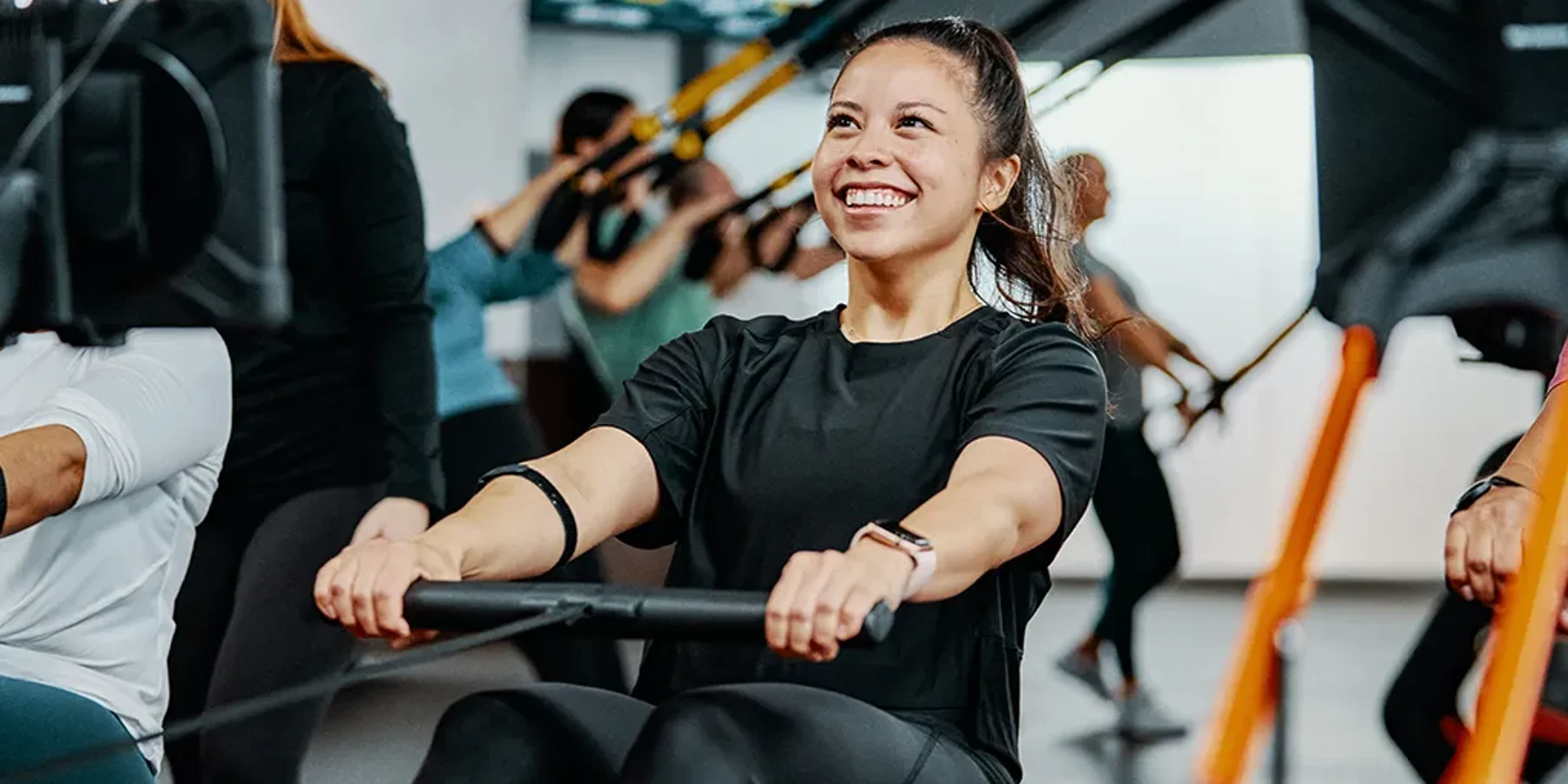Fashion
3 Curve Models On The State Of Plus-Size Fashion | Essence
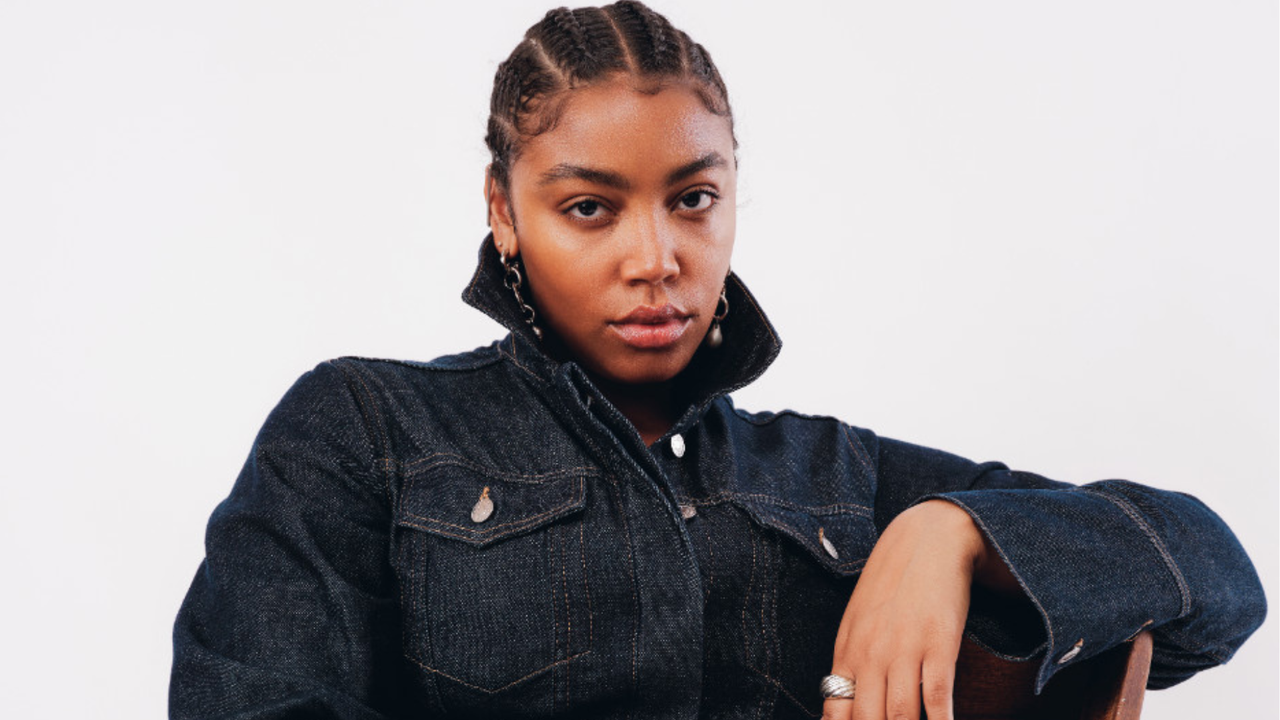
Size inclusivity is a hot-button topic within the fashion industry. Globally, there is still much work to do in regard to representation. Major fashion houses are still lacking statistically when it comes to casting curve and plus-size models. According to a recent Vogue Business report, there has been an incremental decrease in total size inclusivity in New York, London, Milan, and Paris for the Fall/Winter 2024 season. Numbers don’t lie–of the 8,800 looks presented at 230 shows and presentations, 0.8% were plus-size (US 14+). 3.7 % were mid-size (US 6-12)–and 95 % were straight-sized (US 0-4).
There are key reasons that could have led to these statistics such as the rampant appointment of design houses spearheaded by men, despite this curve models are still making strides in their own way. Historically, the average size for an American woman has been a size 14. But according to a 2016 study in the International Journal of Fashion Design, Technology, and Education that size has gone up to between 16 and 18. This sizing makes it clear that the straight sizes constantly being pushed in media are not accurate, and instead, it’s an outright declaration of a fantasy weight and size.
While some brands are working in tandem with plus-size models to showcase designs on more than just straight-sized bodies, others are not. The previously mentioned Vogue Business report notes brands including Sinéad O’Dwyer led the rankings for fashion month in all four major cities (10 mid-size looks and 11 plus-size looks). Additional brands who followed O’Dwyer in numerical order included Parisian brand Ester Manas, New York label Bach Mai, Edeline Lee (London) and Bora Aksu (London).
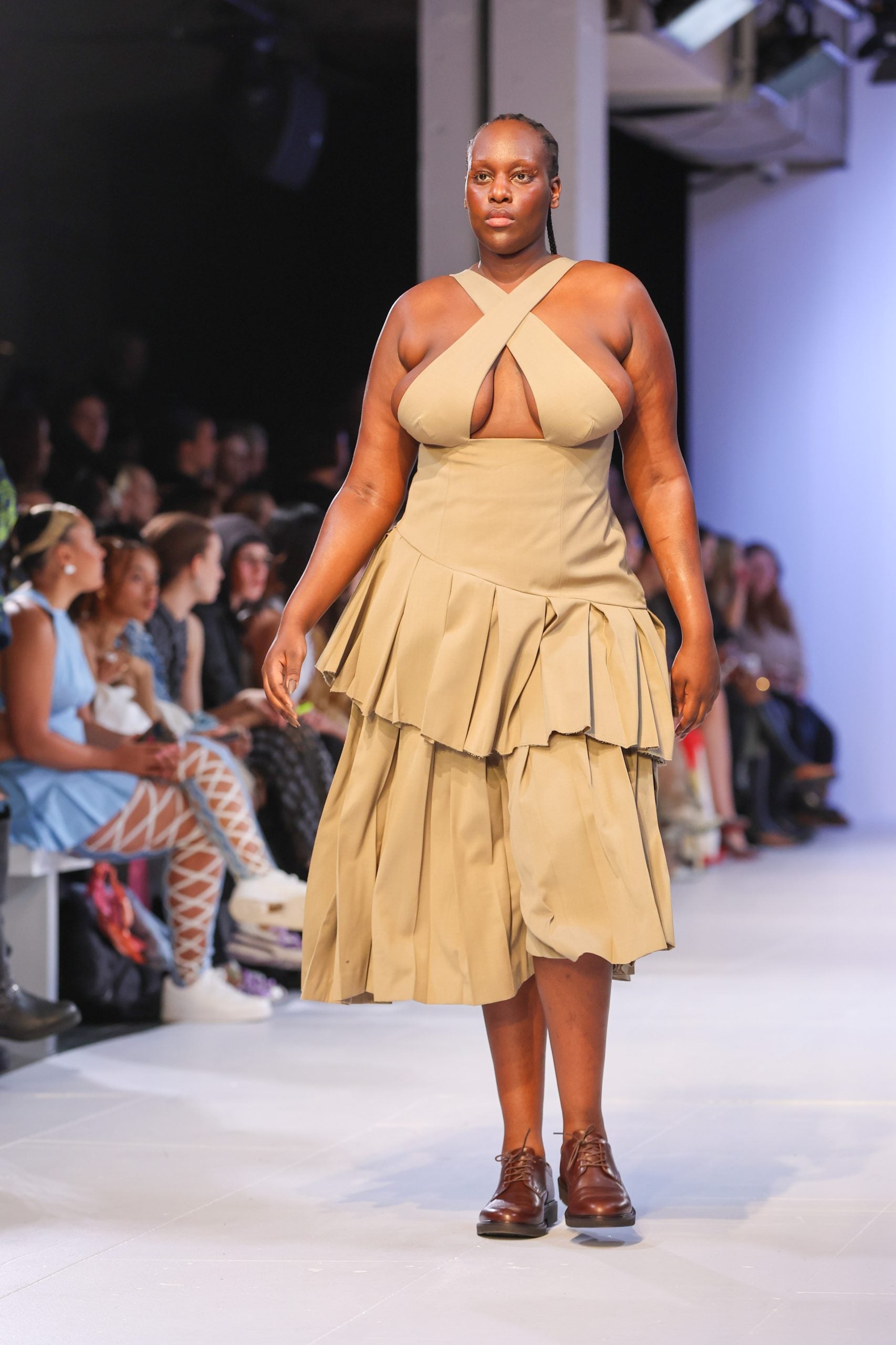
Out of Bach Mai’s 40 looks 52.5% of models who were were hired were mid-size and plus-size. Standouts also worthy noting during the most recent cycle of New York Fashion Week include Collina Strada, the brand included 27% mid-size and plus-size models out of its total of 37 looks. With its total of 33 looks Kim Shui utilized 18.2% of mid-size and plus-size models–and Christian Cowan respectively had 9.1% of mid-size models, the total number of looks for this designer was 33.
On another end of the spectrum campaigns by companies including YITTY, Savage X Fenty and SKIMS have been breaking the mold. Relying on runway presentations to catch up to what women’s bodies are actually reflective of maybe a reckoning that could take generations. Inclusive campaigns offer an appealing perspective of natural bodies which subverts notions often associated with the physique of acceptable runway models. Notably, this imagery is a respite from what
Campaigns And Real Bodies
One curve model who has been booking campaigns recently is Brianna Wright. Originally from Kansas City, Wright has worked with Good American and SKIMS. She was part of the debut Hanifa bridal runway show last fall. Last February, Wright walked in Christian Cowan’s Fall/Winter 2023 presentation–she also booked Bach Mai’s Spring/Summer 2024 show that same year in September.
“I have been based here in New York for about six years. And I started out modeling in Kansas City years ago,” Wright says. She expresses that she was particularly excited to begin working with Hanifa when she first began her relationship with the Washington, D.C.-based brand in 2021.
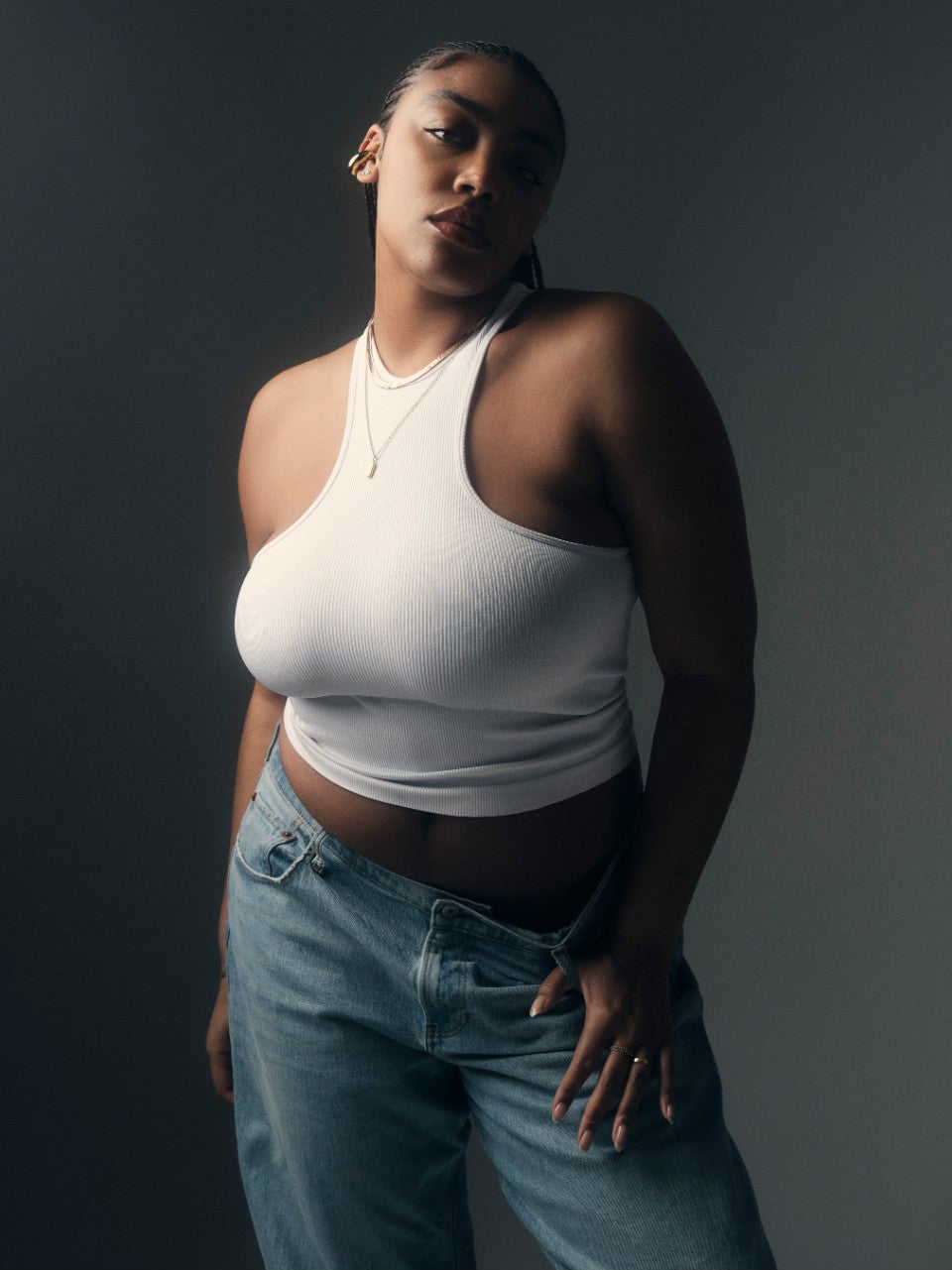
Her first time walking in a runway show was with Hanifa in 2022. She says leading up to that moment she’d been told countless times that she wasn’t high fashion enough for runway. Making her runway debut with Hanifa was special to her, she feels it opened up a door for her to have the opportunities she’s been a part of since then.
To distance herself from the voices of others who’ve told her she isn’t acceptable, she tells me she pushed herself to do so regardless of what outsiders have had to say. “I believe that I can do it all,” Wright mentions. “I have enough talent, perseverance, drive, and patience to be able to tap into other parts of this market,” she adds. She feels that she is a commercial model but also someone who can dwell in high fashion and couture spaces.
“Keeping my hair integrity and skin integrity is something that is very important to me,” Wright says when I ask her to share what her on-set experiences have attested to. She shares that on some sets she often has to advocate for herself. This means being vocal in a respectful manner if something is lacking whether that be makeup or hair.
Self-Advocacy On Set
East Atlanta native and model Valloyomora expresses that she’s also dealt with similar issues regarding having to speak up for herself while on set. Two months ago, she relocated to Manhattan from Los Angeles, a market she felt was more attracted to women who don’t look like her. She initially landed in modeling while in college at Georgia State University (she reminisces on signing to a professional agency after being kicked out of a modeling troupe).
As a dark-skinned Black woman, she’s noticed negative treatment on set almost as soon as she’s walked into shoots. “It’s more beachy, with lighter skin tones and different hair textures,” she said about living and working in LA. She mentions that as she lived in LA, she also dealt with adversity and racism–she juggled two jobs and a separate nursing position to make ends meet.
Between July and December of last year, she says she only booked one gig–the agency she was previously working with didn’t advocate for her in a way she felt would have led her to book consistent work. After closing out her previous contract, she signed with Ford Models as her mother agency. And she’s noticed an uptick in opportunities. Since her move she’s worked with Maybelline and Ulta.

At times in the past, she felt there was an air of entitlement on some of the sets she was working on. She recalls a hair stylist touching her hair without acknowledging her–she immediately corrected them rather than staying silent about this isolated moment. Valloyomora adds that some women might say that is taboo, or they’re scared to speak up because they may not get to work again with the client. But, she believes her voice is more important than ignoring mistreatment.
“Your integrity or my integrity weighs more than a dollar, and it will always weigh more than a dollar,” she says. She expresses that if she is ever feeling disrespected or as though she’s being treated differently from other models she sticks up for herself.
At one point of our conversation, Valloyomora expresses that companies should stop the pointless diversity quotas they aim to meet. “If you don’t want to hire dark-skinned, curvy women, if you don’t want to hire curvy women, if you don’t want to hire Black women, stop the diversity quotas, because when we get on set, we feel that,” she says.
While she believes real representation matters, she’d prefer to be on a set where she is valued rather than just another number. “If you don’t want us there, don’t book us,”
A Positive Outlook
MJ, a curve model who was raised in Putnam, New York got her start in modeling while in college. An ugly duckling phase led her to recreate herself and her body type–she says during her sophomore year in school she lost 40 pounds. Almost immediately after this weight loss she signed to her first agency and began modeling. She says she managed to complete school while continuing to book work.
Over the course of her professional career, she tells me she’s had largely positive experiences. She’s also grateful that her opportunities have given her a chance visit seven countries so far. A memorable gig was flying out to Cape Town, South Africa for a shoot.
“I feel strongly about every body type deserving to feel good in what they’re wearing, it’s important to highlight who is doing it well,” she says. To her true inclusivity is being orchestrated by brands like Savage X Fenty and Christian Siriano, a designer who is often associated with sharing his work on curvy bodies season after season.
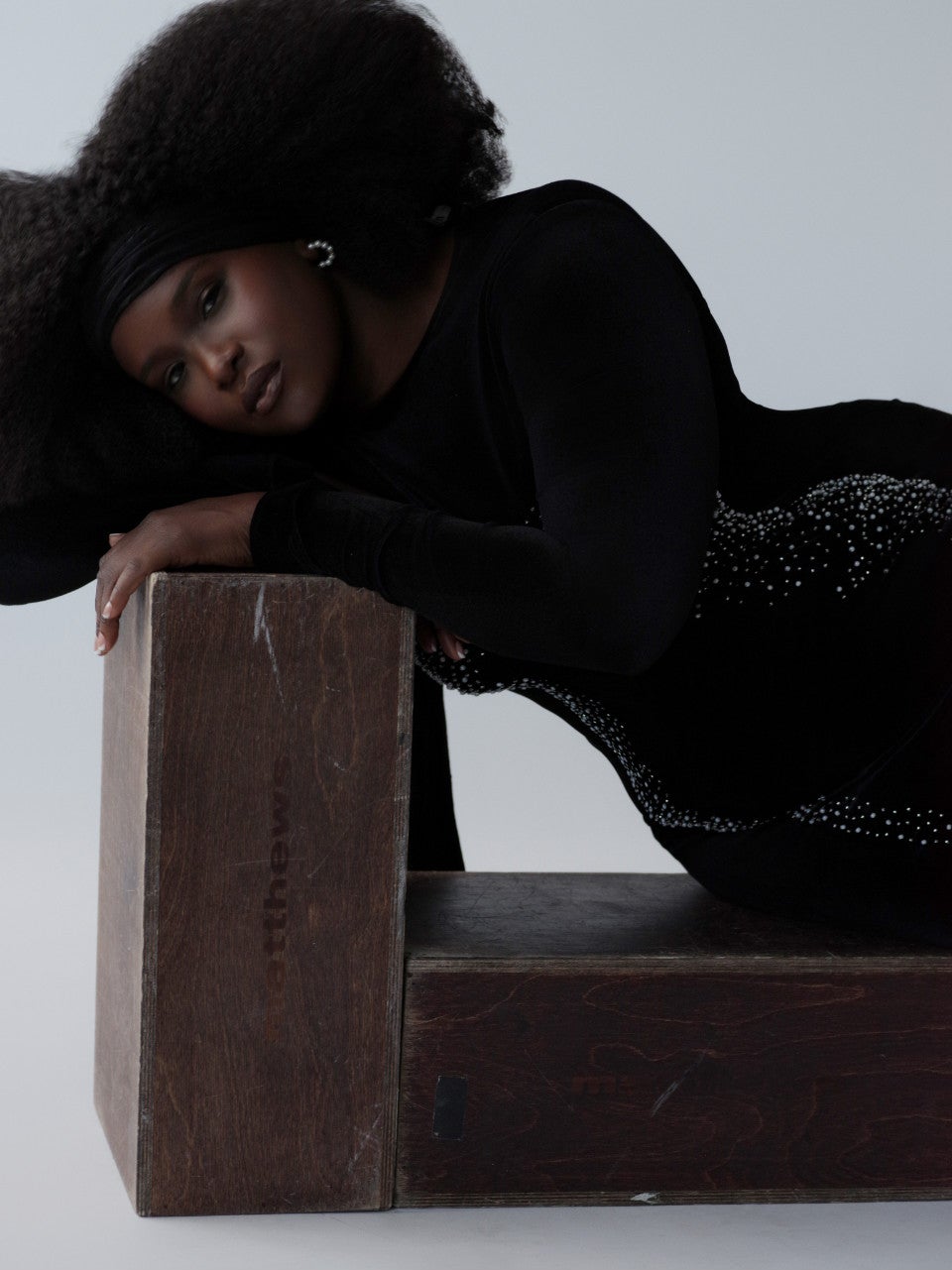
She also mentions Karoline Vitto, who has worked with Dolce & Gabbana on a plus-sized fashion show that she felt was incredibly inclusive. MJ says that with a large brand like Dolce & Gabbana backing the collection, it was an excellent way to garner attention and promote brand and body diversity at the same time.
Each of these women agreed that the strides towards inclusivity and body diversity have grown in recent years. But, they also firmly believe that pathways to success are needed for future generations to rise up and reckon with the space they should willingly take up. Wright mentions that garnering community has helped her tremendously.
MJ says many in the industry or those seeking to become models could benefit from programs geared toward helping rising faces navigate the industry. Separately, Valloyomora hopes that curve models, including herself, aren’t placed in a box anymore.
“It’s not a box that I’m confined into, so I would definitely just say, educate yourself and understand that everyone is coming from all walks of life, and we all deserve to be appreciated in our own, unique ways,” Valloyomora adds.


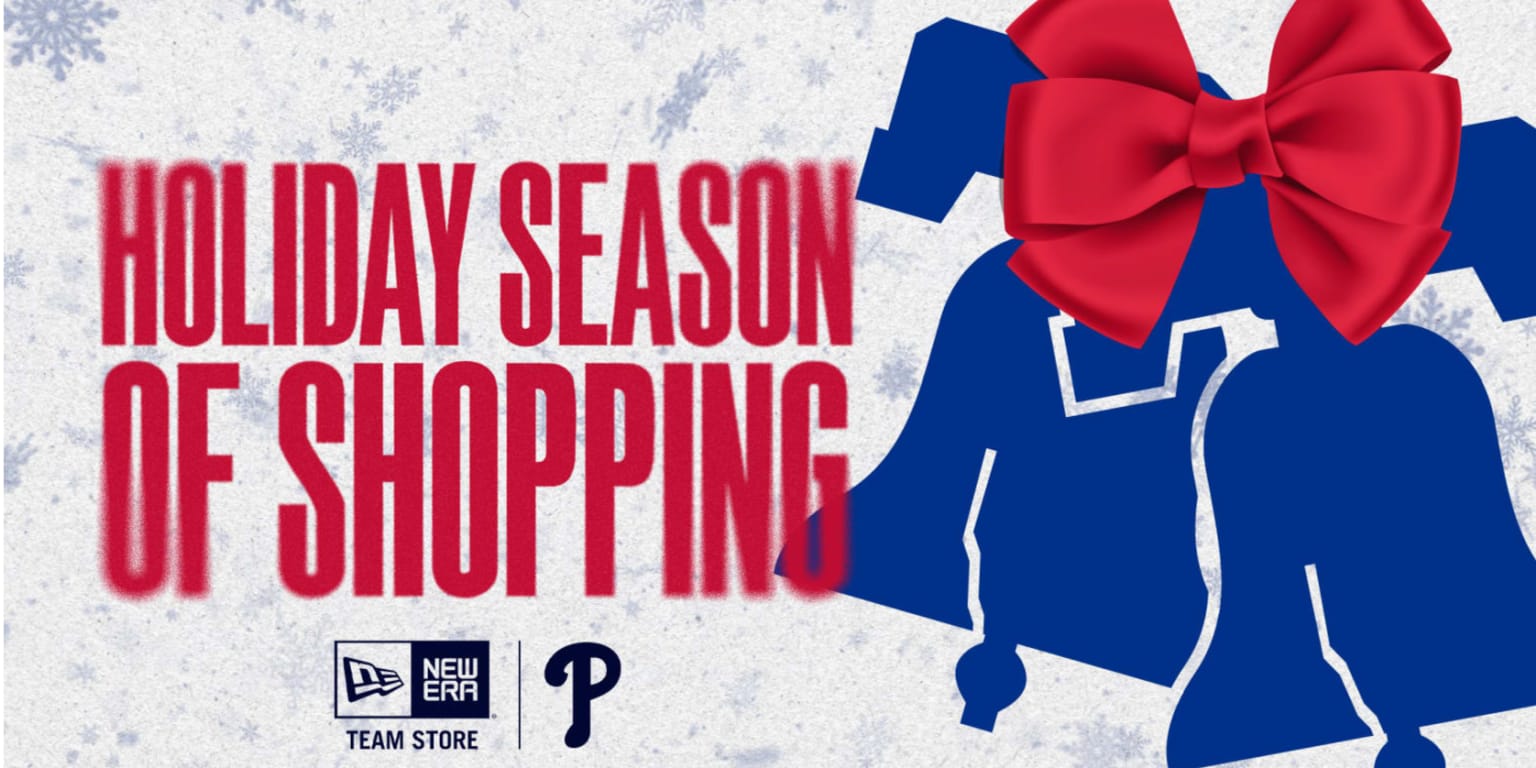
:quality(70):focal(338x272:348x282)/cloudfront-us-east-1.images.arcpublishing.com/shawmedia/FOAF2O2ZIBEC5FYGY6GCKFXN3E.jpg)




